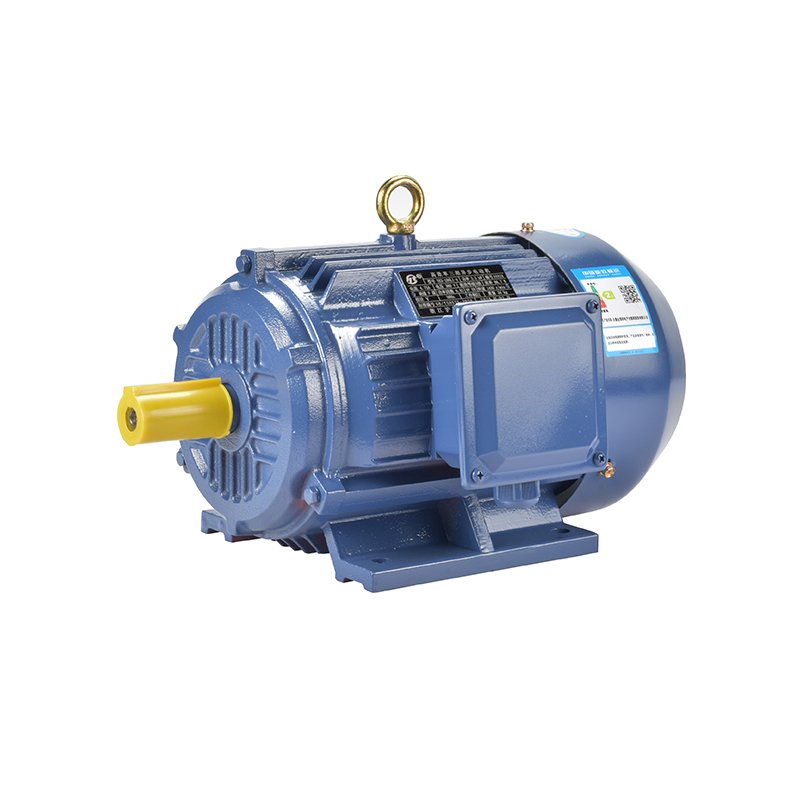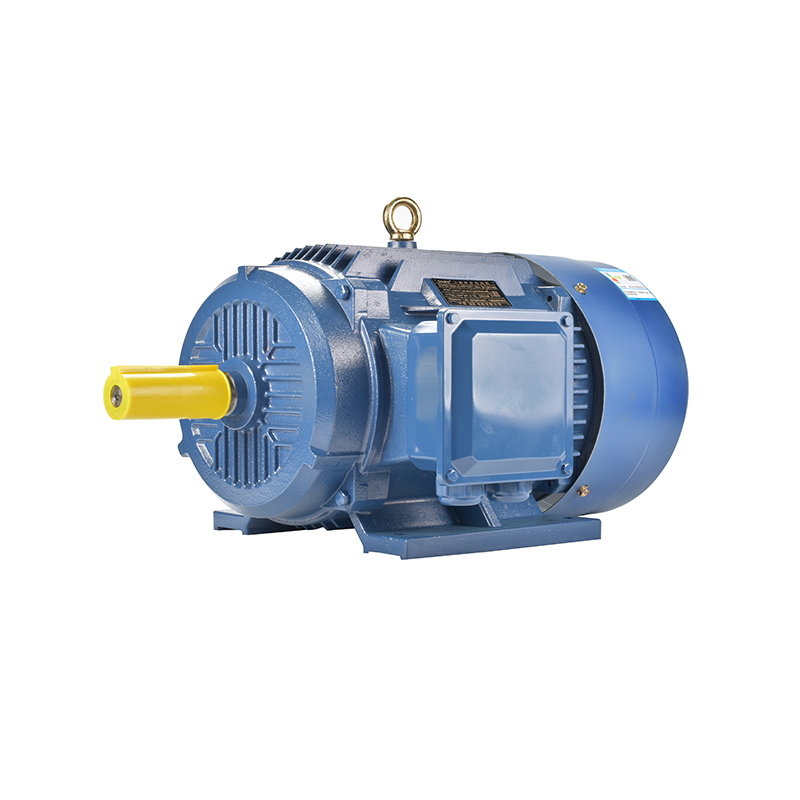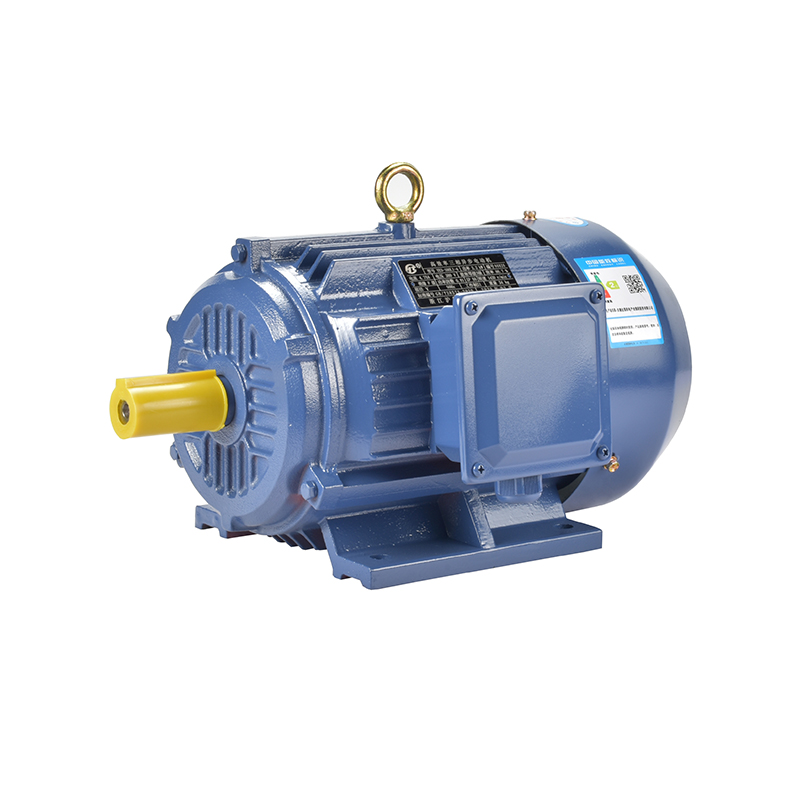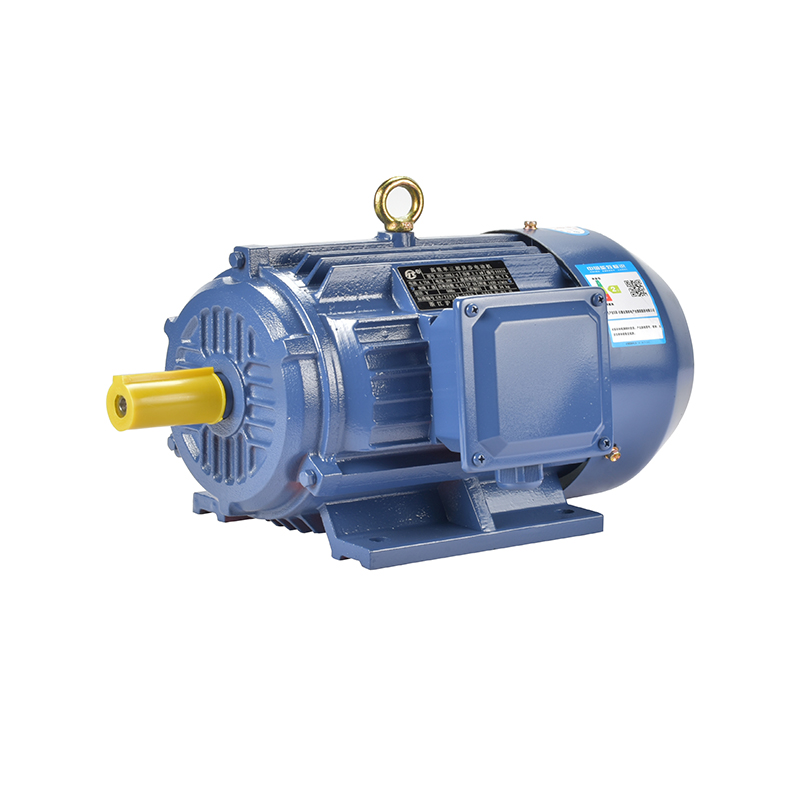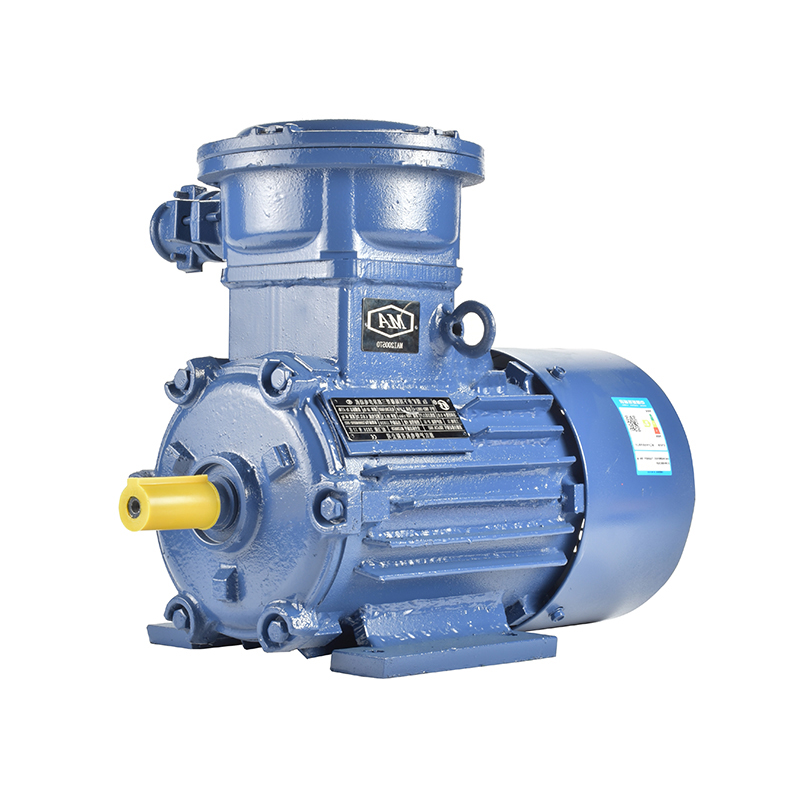Exploring The Application Of Motors In HVAC Systems
Heating, ventilation, and air conditioning (HVAC) systems play a crucial role in maintaining comfortable indoor environments across residential, commercial, and industrial settings. At the heart of these systems are electric motors, which drive fans, compressors, pumps, and other mechanical components. The choice of motor type and characteristics significantly impacts the efficiency, reliability, and overall performance of HVAC units.
One common requirement in HVAC applications is the ability to generate sufficient starting torque. For example, motors that drive compressors often need to overcome initial resistance and load inertia before reaching normal operating speed. This is where the high starting torque motor finds its application. These motors provide a strong initial force that helps start heavy loads smoothly, reducing stress on mechanical parts and electrical components.

High starting torque motors used in HVAC systems are typically designed with specific winding configurations and rotor structures to deliver this capability. For instance, certain squirrel cage induction motors can be optimized to produce enhanced starting torque without compromising efficiency during continuous operation. This balance is critical in HVAC, where motors often cycle on and off frequently depending on temperature demands.
Permanent magnet motors have also gained attention in recent years for HVAC applications. Unlike traditional induction motors that rely on electromagnetic induction, permanent magnet motors use magnets embedded in the rotor to create a constant magnetic field. This design often advances to improved efficiency, compact size, and quieter operation.
In HVAC systems, permanent magnet motors are particularly useful in variable speed drives, where precise control over fan or pump speed can advance to significant energy savings. Since these motors can maintain torque across a wide speed range without excessive power consumption, they fit well in modern HVAC units focused on adapting to changing environmental conditions. The reduced noise and vibration levels associated with permanent magnet motors also improve indoor air quality by causing fewer disturbances.
Another factor influencing motor choice in HVAC is the electrical supply environment. Many HVAC units operate in settings where low voltage electric motors are necessary. These motors are designed to function efficiently and safely under lower voltage ratings, which is common in residential or small commercial buildings. Low voltage motors help reduce electrical hazards and can sometimes be easier to integrate with local electrical standards.
Low voltage electric motors in HVAC equipment are engineered with insulation and thermal protection tailored to their operating conditions. They can be used in fans, blowers, and small pumps within the system. Their compatibility with various power supplies makes them versatile choices for regions with diverse electrical infrastructure.
Beyond their individual characteristics, the integration of these motor types into HVAC systems requires careful design considerations. For example, selecting a high starting torque motor for a compressor means ensuring the power supply can handle the initial surge current. Similarly, permanent magnet motors used in variable speed applications need compatible controllers that can deliver smooth acceleration and deceleration without causing mechanical wear.
Maintenance and durability are also important. Motors in HVAC systems often run for extended hours in environments with varying temperatures and humidity levels. Proper sealing, bearing selection, and cooling methods are necessary to extend motor lifespan. High starting torque motors may require more robust mechanical components to withstand repeated starts, while permanent magnet motors benefit from stable magnetic materials resistant to demagnetization.
Energy efficiency regulations worldwide encourage the adoption of motors that contribute to reduced power consumption in HVAC units. Permanent magnet motors, with their inherent efficiency advantages, are increasingly popular in energy-conscious designs. However, the selection between a permanent magnet motor, a high starting torque motor, or a low voltage electric motor ultimately depends on the specific application requirements, such as load characteristics, control needs, and electrical conditions.
In addition to efficiency, noise control is a growing concern in HVAC design. Motors that operate quietly contribute to better occupant comfort. Permanent magnet motors are often quieter due to reduced electromagnetic losses and smoother torque generation. High starting torque motors might produce more noise during startup but generally run smoothly once at speed.
The trend towards smart HVAC systems also influences motor technology. With the rise of the Internet of Things (IoT) and smart building management, motors equipped with sensors for monitoring temperature, vibration, and current are becoming more common. This enables predictive maintenance and reduces downtime. Low voltage electric motors integrated into such systems can provide feedback to controllers for optimized operation.
In summary, the application of motors in HVAC systems is diverse and requires a match between motor type and system demands. High starting torque motors play a vital role where initial load overcoming is necessary, permanent magnet motors offer energy-efficient and quiet operation for variable speed applications, and low voltage electric motors serve environments with specific electrical constraints. Understanding the characteristics and proper integration of these motors helps improve HVAC system performance, reliability, and energy consumption.
-
Feedback



 English
English русский
русский Español
Español عربى
عربى

